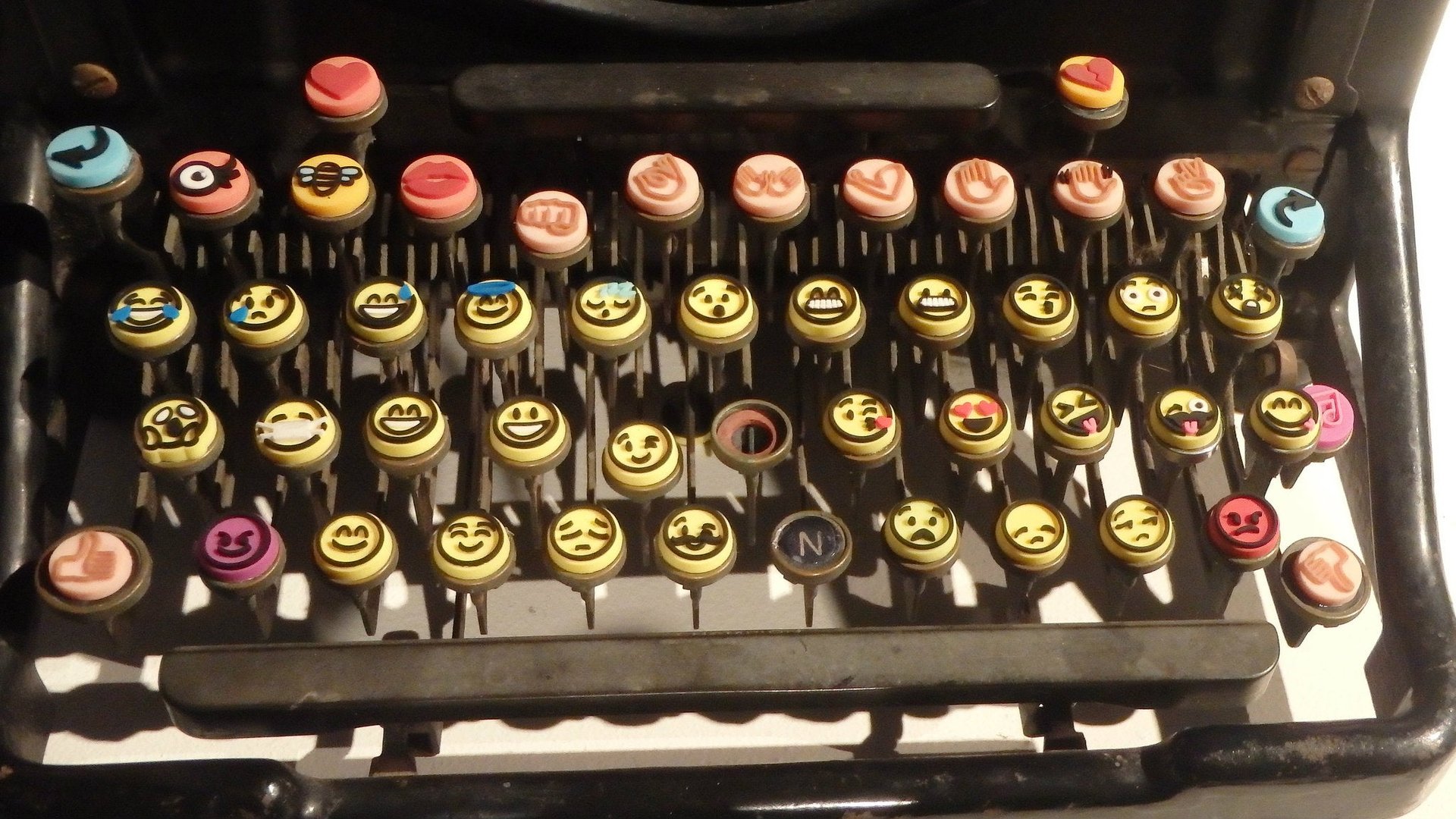The Oxford online dictionary’s “word of the year” isn’t even a word
Sometimes, an emoji is the best way to describe how you’re feeling.


Sometimes, an emoji is the best way to describe how you’re feeling.
Oxford Dictionaries thinks so. For the first time, it has chosen an emoji as its Word of the Year. The organization said the “face with tears of joy” symbol (or 😂 to you and me) was selected as the “word” that best captured the “ethos, mood, and preoccupations of 2015.”
Partnering with SwiftKey, a keyboard app, Oxford University Press said 😂 was “the most used emoji globally in 2015, making up 20% of all the emoji used in the UK in 2015, and 17% of those in the US.”
“You can see how traditional alphabet scripts have been struggling to meet the rapid-fire, visually focused demands of 21st century communication,” Casper Grathwohl, President of Oxford Dictionaries, told the Wall Street Journal (paywall). “It’s not surprising that a pictographic script like emoji has stepped in to fill those gaps—it’s flexible, immediate, and infuses tone beautifully.”
(Oxford University Press publishes both Oxford Dictionaries and the more famous Oxford English Dictionary. These words are only going into the Oxford Dictionaries online site, which prides itself on staying up-to-date with modern lingo.)
Other words that made the shortlist include:
- Brexit (noun): A term for the potential or hypothetical departure of the United Kingdom from the European Union, from British + exit. (Here’s the background on why this is such a big issue right now.)
- on fleek (adjectival phrase): Extremely good, attractive, or stylish. (We wrote about the meteoric rise of this phrase earlier this year.)
- sharing economy (noun): An economic system in which assets or services are shared between private individuals, either for free or for a fee, typically by means of the internet. (Is this term even accurate?)
Changes in modern communication have fostered the use of more and more emoji, embraced for their ability to express multiple emotions and ideas at once. And they also translate easily across languages. Efforts are underway to attempt to build an emoji translation engine, codifying strings of emoji into common phrases in a wide range of languages.
Cropped feature image by otto-yamamoto on Flickr under license CC BY-SA 2.0.